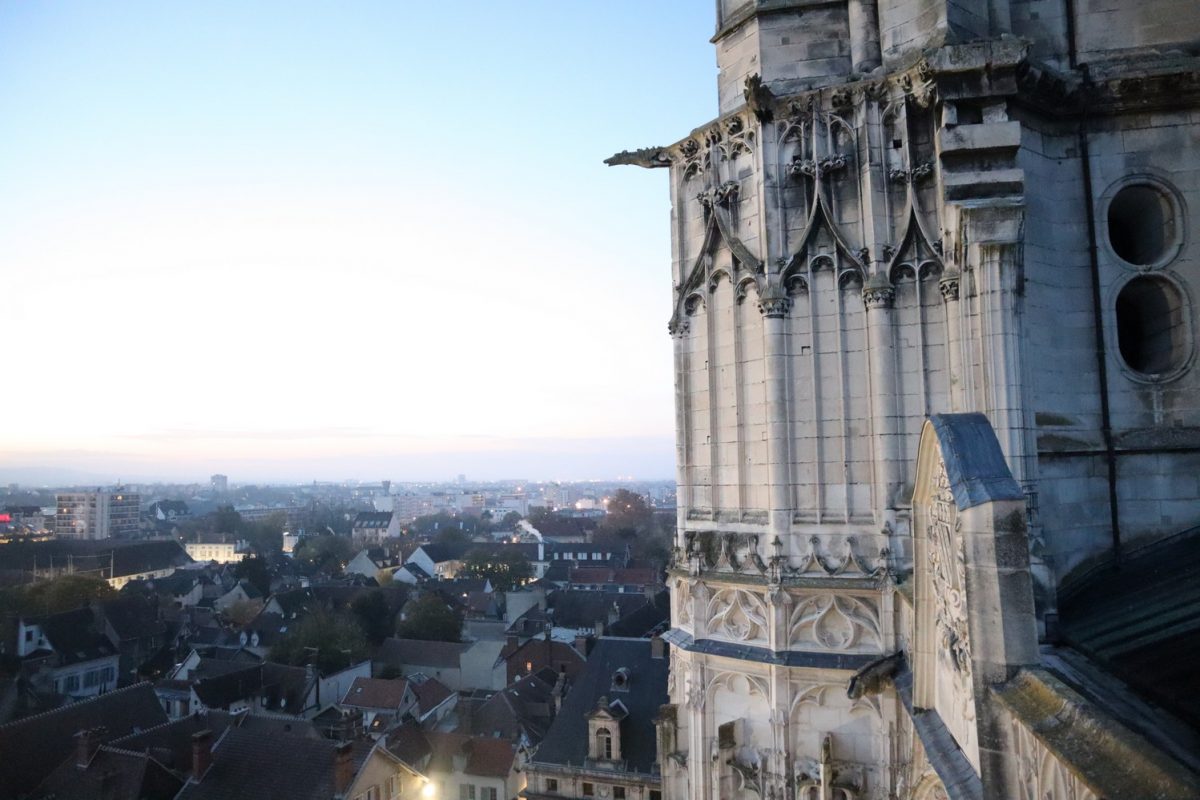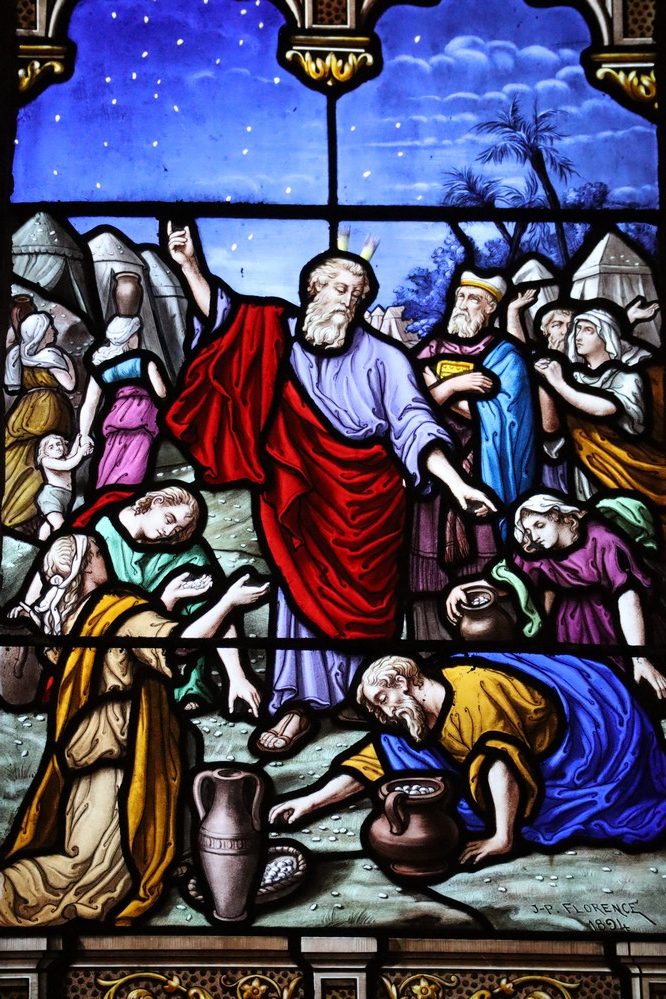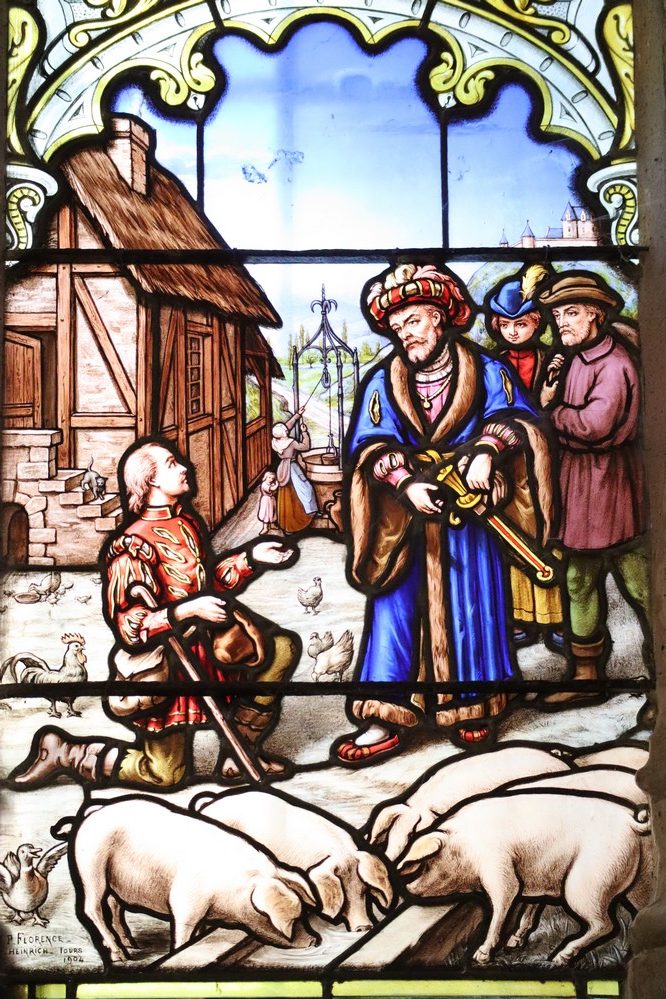Summary of the previous episode:
The Aube department is France’s leading department for its stained glass heritage. It is home to half of Europe’s stained glass.
The history of stained glass in Troyes and the Aube department is closely linked to that of the city and the department.
In particular, both have experienced two great periods of prosperity, the first in the 12th and 13th centuries, and the second in the 16th century. These periods contributed greatly to the success and spread of stained glass.
Two golden ages…
In the 12th century and at the beginning of the following century, life in the county of Champagne, of which Troyes is the capital, was punctuated by the Fairs of Champagne. Merchants flocked from all over Europe. As a crossroads for international trade, the city was not only a commercial and financial hub, but also an artistic, cultural and architectural one. The Counts of Champagne were considered as enlightened lords and accompanied and nurtured this effervescence by building numerous civil and religious monuments.

Stained glass was one of the essential ornaments to the magnificence of these buildings. The cathedral of Troyes, in its Romanesque and later Gothic versions, is the symbol of this drive towards transparency, colour and light. Even today, it still offers a perfect summary of the evolution of stained glass styles and techniques in France.
The 16th century in Troyes has been dubbed the “Beautiful 16th Century”, as the city of Troyes was then the fifth largest city in the kingdom of France. As in the previous period, a new era of peace and economic prosperity led to the construction or extension of numerous churches. The growing number of commissions for works of art to decorate these buildings attracted a large number of artists from Italy and Northern Europe. At the same time, stained-glass windows techniques were becoming more refined and diversified. This is why the 16th century is considered to be the golden age of stained glass in the Aube, following in the footsteps of sculpture in Troyes and its famous school.
…and a resurrection
After being overshadowed by other ornaments in the 17th and 18th centuries, and even though stained glass was never really out of fashion in Paris and… Troyes, it really came back into fashion in the 19th century. This was the century of restoration, intended to repair the damage caused by the Revolution. Restorations were carried out in many ways, as artists and master glassmakers drew their inspiration from the Middle Ages and the Renaissance.
![]()
église St Rémy © AG – Troyes La Champagne Tourisme ![]()
église St Rémy © AG – Troyes La Champagne Tourisme
This restoration work continued in the 20th century and is still going on today, but contemporary creation linked to public commissions is renewing motifs and techniques. Abstract art can then be observed next to figurative art, and glassmaking heritage, far from fading away, continues to spread and grow.
This is what you will be discovering in the next episode.


